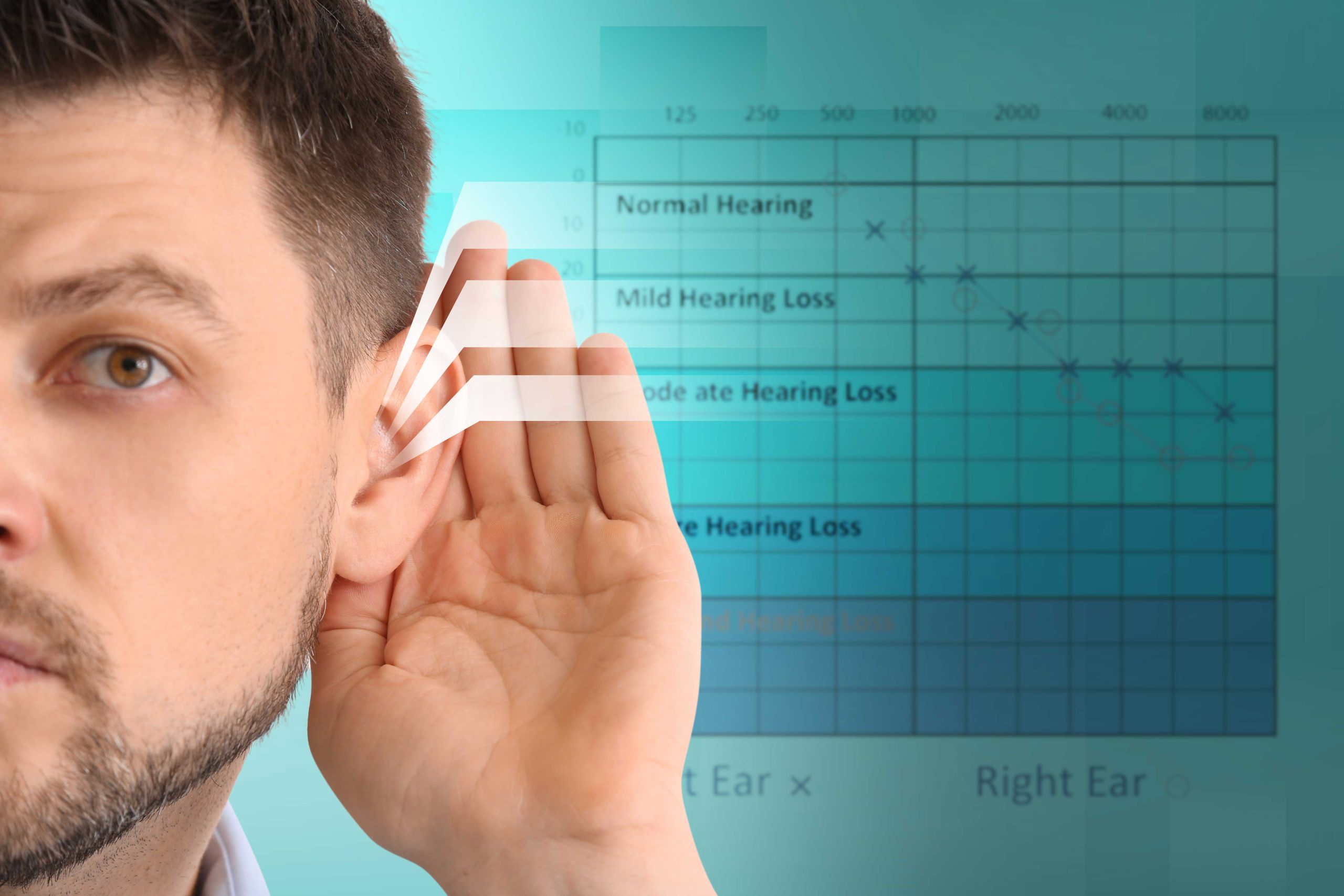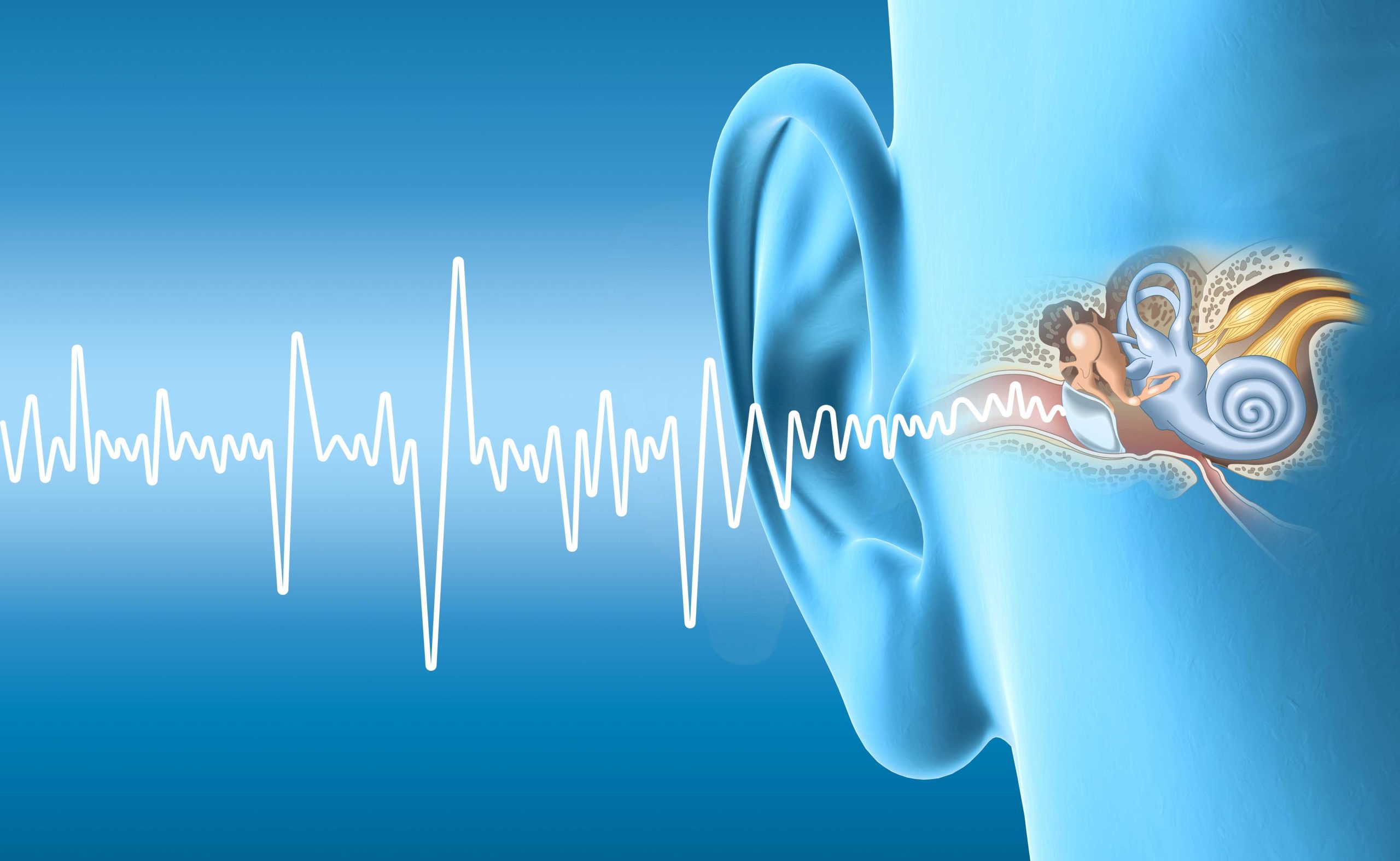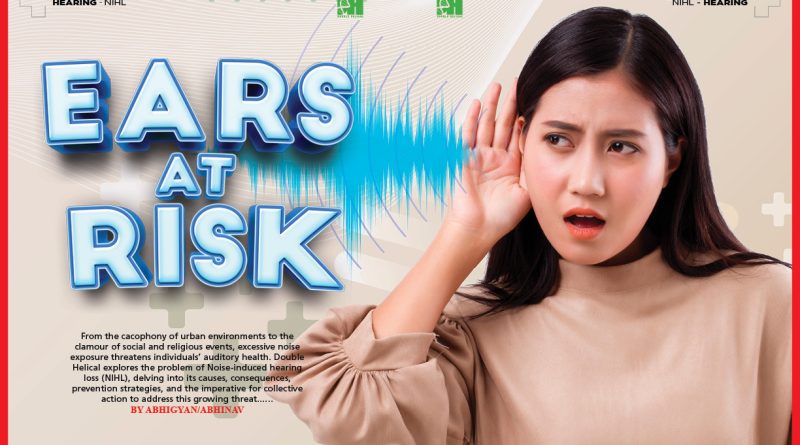Ears at Risk
From the cacophony of urban environments to the clamour of social and religious events, excessive noise exposure threatens individuals’ auditory health. Double Helical explores the problem of Noise-induced hearing loss (NIHL), delving into its causes, consequences, prevention strategies, and the imperative for collective action to address this growing threat……
By Abhigyan/Abhinav

Noise-induced hearing loss (NIHL) has emerged as a significant public health concern. According to the World Hearing Report, approximately 1.5 billion individuals worldwide suffer from hearing impairment, with at least 430 million requiring rehabilitation services. This figure is projected to exceed 700 million by 2050. NIHL, stemming from exposure to loud sounds, presents a pressing issue, particularly in the Indian context.
 Dr Suneela Garg, a distinguished Professor of Excellence and Honorary Secretary-General of Sound Hearing 2030, as well as a member of the Central Coordination Committee for the National Programme for Prevention and Control of Deafness, defines noise pollution as any undesired electromagnetic signal causing discomfort and impeding human communication, comfort, and overall wellbeing. NIHL stands out as the predominant cause of Sensorineural Hearing Loss (SNHL).
Dr Suneela Garg, a distinguished Professor of Excellence and Honorary Secretary-General of Sound Hearing 2030, as well as a member of the Central Coordination Committee for the National Programme for Prevention and Control of Deafness, defines noise pollution as any undesired electromagnetic signal causing discomfort and impeding human communication, comfort, and overall wellbeing. NIHL stands out as the predominant cause of Sensorineural Hearing Loss (SNHL).
Global studies indicate that workers in various sectors including construction, automotive, mining, textiles, and firefighting, among others, face heightened risks of NIHL. Dr Garg emphasises that while occupational exposures contribute significantly to NIHL, recreational, residential, social, and military-related noise exposures also pose considerable threats. Alarmingly, it is estimated that 15% of young people are subject to leisure noises—such as those encountered at concerts or through personal listening devices—that are sufficient to induce NIHL.
Dr A K Agarwal, Medical Advisor for Innovation and Clinical Research at the Apollo Group of Hospitals and Former Dean of Maulana Azad Medical College, New Delhi, points out the acute nature of the NIHL problem, especially in developing countries where rapid industrialisation and a sizable informal sector leave workers vulnerable to hazardous noise conditions. India, with millions of workers exposed to high sound pressure levels in industries, acknowledges NIHL as a preventable ailment under the Factory Act. The Directorate General of Factories Advisory Services and Labour Institutes recommends a maximum exposure limit of 90 dB (A) for continuous noise over eight hours.
NIHL manifests in various forms, including a loss of perception across specific frequency ranges and sensitivity to sound or tinnitus (ringing in the ears). When noise exposure occurs in the workplace and is linked to hearing loss, it qualifies as occupational hearing loss. While noise represents a prevalent workplace hazard and a recognised risk factor for NIHL and tinnitus, other factors can also contribute to work-related hearing impairments.
In recent times, numerous religious institutions have resorted to using public address systems under the guise of worshiping, inadvertently contributing to noise pollution in society. The Supreme Court has asserted its authority to issue directives regarding the control of noise pollution, even when such noise emanates directly from religious activities. It stated, “Undoubtedly, no religion advocates disturbing the peace of others during prayers. In a civilised society, activities associated with religion that disrupt the sleep of the elderly, infirm individuals, students, or children during early hours or daytime, or hinder other individuals engaged in various activities, cannot be condoned.”

Dr A K Agarwal emphasises, “India is home to people of diverse castes, communities, and religious beliefs who celebrate various festivals. We exhibit tolerance towards one another, celebrating unity in diversity. Granting relaxation to one group without consideration for others would set a precedent difficult to uphold. Allowing such leniency would blur the line between regulation and laxity.”
Dr Suneela Garg elucidates, “Prolonged exposure to loud noise can gradually impair hearing. Since the effects of noise exposure typically manifest gradually, individuals may overlook or ignore signs of hearing loss until they become pronounced. Eventually, sounds may appear distorted or muted, making it challenging to comprehend speech or necessitating higher volumes on electronic devices. The cumulative impact of NIHL coupled with aging may necessitate the use of hearing aids to amplify environmental sounds, facilitating improved communication and participation in daily activities.”
NIHL can also be caused by extremely loud bursts of sound, such as gunshots or explosions, which can rupture the eardrum or damage the bones in the middle ear. This kind of NIHL can be immediate and permanent.
Loud noise exposure can also cause tinnitus—a ringing, buzzing, or roaring in the ears or head. Tinnitus may subside over time, but can sometimes continue constantly or occasionally throughout a person’s life. Hearing loss and tinnitus can occur in one or both ears. Sometimes exposure to impulse or continuous loud noise causes a temporary hearing loss that disappears 16 to 48 hours later. Recent research suggests, however, that although the loss of hearing seems to disappear, there may be residual long-term damage to your hearing.
Exposure to sound above a level of approximately 85 dB initially manifests as a temporary hearing loss or dullness of hearing that is known as temporary threshold shift (TTS), which may have fast resolution within the first 10-15 days of the exposure. However, a repeated or sustained exposure of noise to the hair cells and associated nerve fibres leads on to degenerative changes and the TTS becomes permanent threshold shift (PTS). The effect of excessive noise could be so devastating that it can cause permanent memory loss or psychiatric disorder.

Hearing may deteriorate gradually from chronic and repeated noise exposure (such as to loud music or background noise) or suddenly from exposure to impulse noise, which is a short high-intensity noise (such as a gunshot or air horn). In both types, loud sound over-stimulates delicate hearing cells, leading to the permanent injury or death of the cells. Once lost this way, hearing cannot be restored in humans.
Indiscriminate use of horn by motor vehicles and widespread use of loudspeaker in different Indian social and religious functions can cause different types of health problems to inhabitants. It may cause mental disorder, deafness, blood pressure, dizziness nervous breakdown and insomnia (inability to sleep). Persons exposed to high noise levels can experience high levels of circulatory problems, cardiac diseases hypertension, peptic ulcers and neurological impairment.
Recent research suggests, however, that although the loss of hearing seems to disappear, there may be residual long-term damage to hearing. Hearing loss has negative consequences on not just the individual but on society as well. With the continued rise in prevalence of noise-induced hearing impairment, it has emerged as important public health issue requiring urgent attention.
 Dr Ravi Mehar, Director Professor, Department of ENT, Maulana Azad Medical College, New Delhi, says, “Right to sleep peacefully is a fundamental right. The Apex Court held thus: “Sleep is essential for a human being to maintain the delicate balance of health necessary for its very existence and survival. Sleep is, therefore, a fundamental requirement without which the existence of life would be in peril. To disturb sleep, therefore, would amount to torture, which is now accepted as a violation of human right.”
Dr Ravi Mehar, Director Professor, Department of ENT, Maulana Azad Medical College, New Delhi, says, “Right to sleep peacefully is a fundamental right. The Apex Court held thus: “Sleep is essential for a human being to maintain the delicate balance of health necessary for its very existence and survival. Sleep is, therefore, a fundamental requirement without which the existence of life would be in peril. To disturb sleep, therefore, would amount to torture, which is now accepted as a violation of human right.”
There are a variety of prevention strategies available to avoid or reduce hearing loss. Lowering the volume of sound at its source, limiting the time of exposure and physical protection can reduce the impact of excessive noise. If not prevented, hearing loss can be managed through assistive devices and communication strategies.
According to Dr Ravi Mehar, avoiding exposure to loud sound levels is considered as the most effective preventive measure for protecting hearing health globally. Public health goals are minimising harmful noise production at the source, preventing exposure to hazardous noise, provision of effective personal protective equipment (PPE) to those exposed to hazardous noise, early detection of NIHL by periodic screening along with medical and social rehabilitation of those with hearing loss.
Dr A K Agarwal, says, “The National Institute on Deafness and Other Communication Disorders (NIDCD) supports research on the causes, diagnosis, treatment, and prevention of hearing loss. NIDCD-supported researchers have helped to identify some of the many genes important for hair-cell development and function and are using this knowledge to explore new treatments for hearing loss. We are also looking at the protective properties of supporting cells in the inner ear, which appear to be capable of lessening the damage to sensory hair cells upon exposure to noise.”
Takeaways
NIHL poses a significant threat to public health, with its prevalence escalating in tandem with modern society’s increasing exposure to loud sounds. The detrimental effects of NIHL, including permanent hearing impairment and associated health complications, highlight the urgent need for comprehensive prevention measures and robust research efforts. By prioritising initiatives to mitigate noise pollution, implementing effective strategies to protect hearing health, and advancing scientific understanding of NIHL, we can work towards safeguarding the well-being of individuals and communities. It is imperative that stakeholders across sectors collaborate to address this pressing public health issue and ensure that all individuals have the fundamental right to live in environments conducive to maintaining optimal hearing health..

